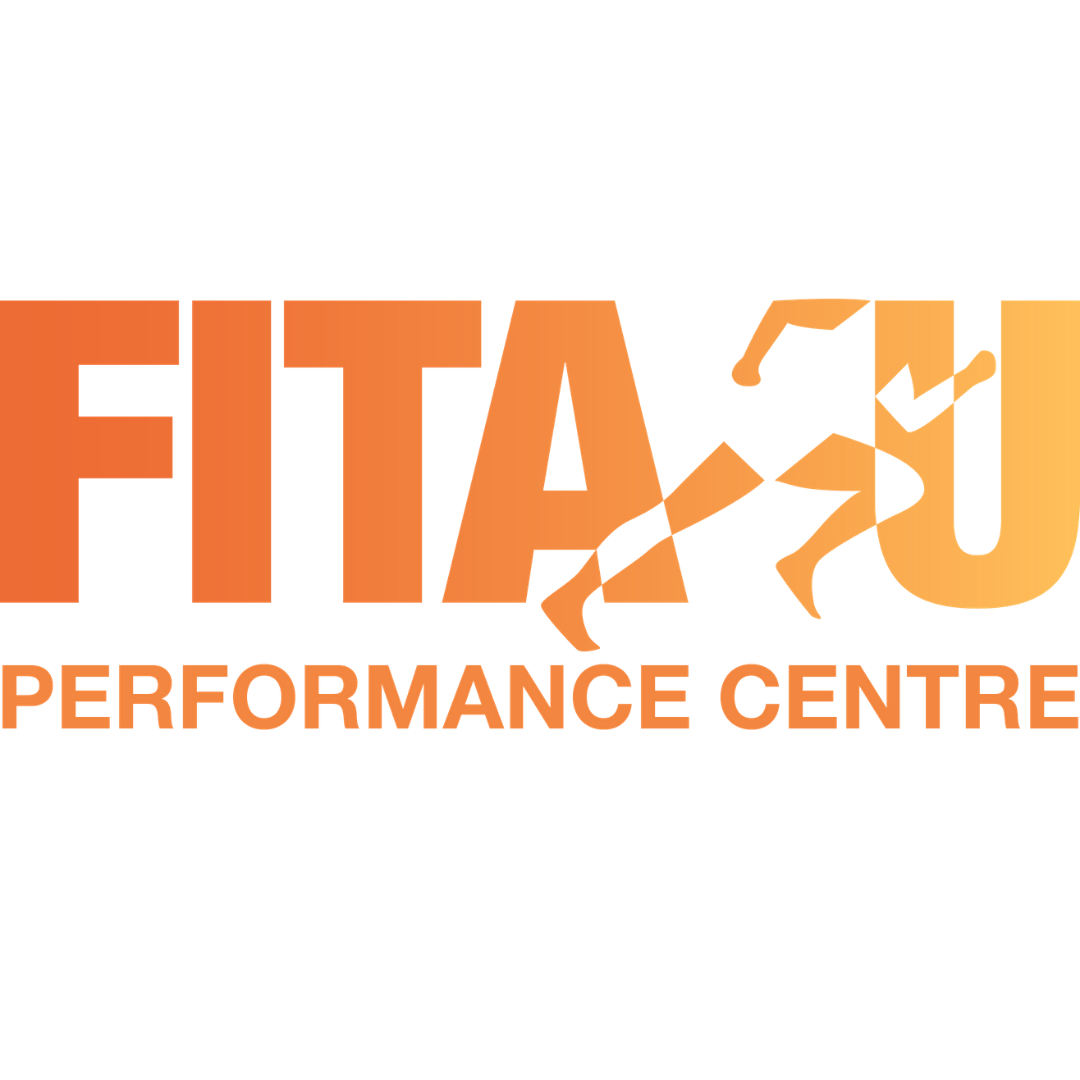The Smart Way to Transform Your Body After 40
Hitting your 40s doesn’t mean giving up on having the strong, lean, and healthy body you want - but it does mean your approach needs to be smarter, more strategic, and focused on the unique changes that happen with age.
Hormonal shifts, slower recovery, reduced muscle mass, and nutrient deficiencies can all influence how your body responds to training and nutrition. The good news? With the right plan, you can still build muscle, lose fat, and completely reshape your physique. Here’s how we help our over-40 members achieve it at FITA-U Performance Centre.
1. Strength Training is Non-Negotiable
After 40, you naturally lose muscle mass - unless you actively work to maintain it. This isn’t just about aesthetics; muscle helps you burn more calories at rest, supports joint health, and keeps you strong for everyday life.
Aim for 3–4 quality strength training sessions per week, focusing on compound lifts like squats, presses, rows, and deadlifts. Progressive overload (gradually lifting heavier or increasing reps/sets) is the key to making changes in strength, muscle mass, bone density, and overall body shape.
2. Dial In Your Nutrition
Crash diets may lead to quick weight loss, but they also cause muscle loss - which is exactly what you don’t want after 40. Instead, focus on:
Balanced meals with lean protein, plenty of vegetables, whole grains, and healthy fats.
Prioritising key nutrients by aiming for 1.6–2.0 g of protein per kg of body weight daily to maintain muscle mass and support bone health, 320 mg/day of magnesium for women (420 mg/day for men), 3,000–4,000 IU/day of vitamin D, and 1,000–1,300 mg/day of calcium depending on age and menopausal status.
Meal planning & prep to avoid last-minute poor food choices.
Tracking intake if needed to ensure you’re hitting your nutrient and calorie targets.
3. Get Your Step Count Up
Daily movement matters just as much as your workouts. After 40, Non-Exercise Activity Thermogenesis (NEAT) - the calories burned through everyday activity - often declines, contributing to a slower metabolism. Increasing your step count helps offset this, boosting calorie burn without adding recovery stress.
Aim for 7,000–10,000 steps per day, starting lower and building up if needed. Walking improves circulation, supports joint health, regulates blood sugar, and reduces stress.
4. Manage Recovery & Stress
As you get older, recovery takes longer. If you don’t give your body enough rest, progress slows.
Get 7–9 hours of quality sleep each night.
Incorporate mobility work and active recovery days.
Use stress management techniques like walking, yoga, meditation, or deep breathing - high stress can increase fat storage, especially around the midsection.
5. Track and Measure Progress
The scale is just one (often misleading) piece of the puzzle - especially after 40, when body composition changes matter more than just weight.
That’s why we use a combination of tools to track your progress:
Fitbox and TrueCoach apps/software to record strength and fitness gains over time
DEXA scans to measure body fat, muscle mass, and bone density
Tape measurements to track centimetres lost or gained in key areas
Progress photos to capture visual changes you might not notice day-to-day
How your clothes fit - often one of the most motivating signs of progress
By tracking multiple metrics, we can see the full picture of your transformation, adjust your program when needed, and keep you motivated with tangible proof that your hard work is paying off.
Your body won’t change overnight - but with consistency, the results will come.
At FITA-U Performance Centre, we specialise in helping people over 40 maximise their physical and mental potential through targeted strength and conditioning training, balanced nutrition, and improved overall lifestyle habits. Whether you’re looking to increase muscle mass, get stronger, drop a clothes size or two, or simply feel more confident in your skin, our coaching team can guide you every step of the way.
